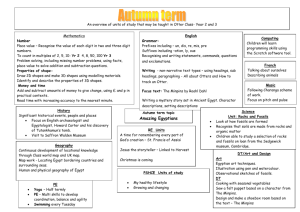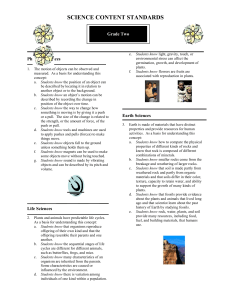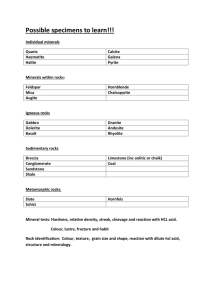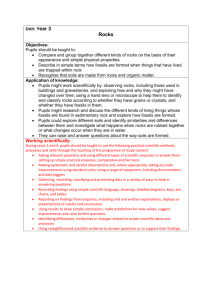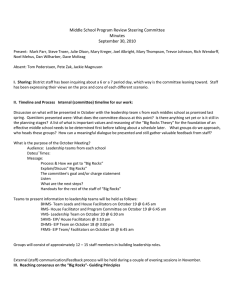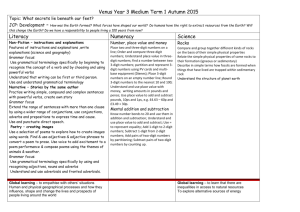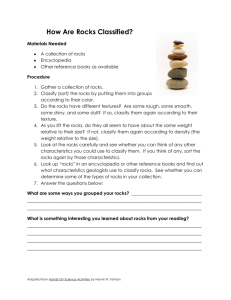Our European Neighbours
advertisement
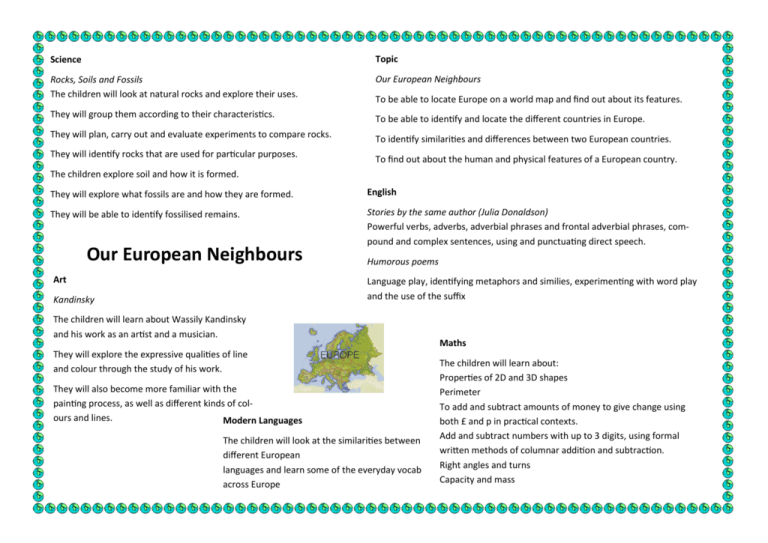
Science Topic Rocks, Soils and Fossils The children will look at natural rocks and explore their uses. Our European Neighbours They will group them according to their characteristics. They will plan, carry out and evaluate experiments to compare rocks. They will identify rocks that are used for particular purposes. To be able to locate Europe on a world map and find out about its features. To be able to identify and locate the different countries in Europe. To identify similarities and differences between two European countries. To find out about the human and physical features of a European country. The children explore soil and how it is formed. They will explore what fossils are and how they are formed. English They will be able to identify fossilised remains. Stories by the same author (Julia Donaldson) Powerful verbs, adverbs, adverbial phrases and frontal adverbial phrases, compound and complex sentences, using and punctuating direct speech. Our European Neighbours Art Humorous poems Language play, identifying metaphors and similies, experimenting with word play and the use of the suffix Kandinsky The children will learn about Wassily Kandinsky and his work as an artist and a musician. They will explore the expressive qualities of line and colour through the study of his work. They will also become more familiar with the painting process, as well as different kinds of colours and lines. Modern Languages The children will look at the similarities between different European languages and learn some of the everyday vocab across Europe Maths The children will learn about: Properties of 2D and 3D shapes Perimeter To add and subtract amounts of money to give change using both £ and p in practical contexts. Add and subtract numbers with up to 3 digits, using formal written methods of columnar addition and subtraction. Right angles and turns Capacity and mass

